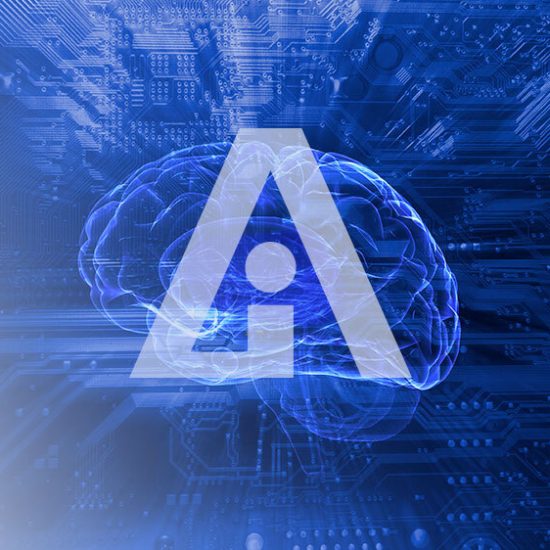One of the most important trends in the automobile world is making cars smarter. I’m not talking about autonomous cars, but rather connected features on new cars and retrofitting existing cars with digital intelligence.
 Two of the most popular add-ons for new cars are Apple’s CarPlay and Google’s Android Auto; many manufacturers—including GM, Mercedes, Honda, Hyundai, VW, and Volvo—offer both in new cars.
Two of the most popular add-ons for new cars are Apple’s CarPlay and Google’s Android Auto; many manufacturers—including GM, Mercedes, Honda, Hyundai, VW, and Volvo—offer both in new cars.
I recently went to an auto show in San Francisco, and auto dealers told me that CarPlay and Android Auto have become top priorities for new car buyers. That squares with my own experience. I’ve leased a Toyota Avalon for the last three years, but the company has decided not to support CarPlay or Android Auto, so when my lease expires, I’ll likely go with another car maker.
Unfortunately, my lease is not up until 2018, though, so I recently tested an add-on solution called Navdy, which earned a PCMag Editors’ Choice award. The heads-up solution gives users the ability to get directions, receive calls, and control music without picking up their phone. It also has its own GPS mapping system and brings turn-by turn directions to cars without that feature. I’ve found Navdy’s turn-by-turn mapping system to be more accurate than my Toyota GPS and found it to be more accurate (probably since the Navdy maps are updated often and the one in my car is almost three years old).
According to Markets and Markets research, the global heads-up display market will reach $9.2 billion by 2020 with a compound annual growth rate of 26.3 percent.

This particular report looks at the industrial strength of heads-up display companies like BAE Systems, Continental AG, Denso Corp, Vision, Nippon Seiki, and Yazaki Corp. So I assume if you add some of the smaller, less expensive heads-up display systems like Navdy, the total available market for these systems would be even higher.
Heads Up on the Future
What interested me in Navdy is its price. It’s just $499 compared to industrial models that start at $1,500 and go up from there. But even at $500, I got many of the features I really wanted in a heads-up display, most notably a connection to my iPhone for access to music, messages, alerts, and even email.
Often when I am driving, I receive messages from my wife, my office, or even clients. But it’s illegal to use my phone while behind the wheel, so I can have messages scroll across the display or read to me through my car’s speakers. Since Navdy is connected to my iPhone, it also can send notifications from apps for news flashes. However, there is one key alert that may have actually saved my life.
I have Type 2 Diabetes and use the Dexcom Continuous Glucose Monitoring system, which allows me to see my blood sugars at a glance on my iPhone or Apple Watch. I have it set up to send me urgent alerts when it senses my blood sugars are too low or too high. Last weekend, as I was on a freeway, an alert scrolled across the Navdy screen telling me my blood sugars were too low, something that could be dangerous while driving. I immediately pulled off the freeway and retrieved a glucose pill from my briefcase in the back seat and waited till my blood sugars were back to normal before driving again.
Navdy has placed itself in a lead position to provide this affordable hands-free communication; it’s no wonder Harman and many VCs have invested. There are even cheaper solutions, including one that just mirrors your smartphone on the windshield, but they don’t work very well. Navdy, however, is well worth the investment as it delivers the exact experience I want while driving.



